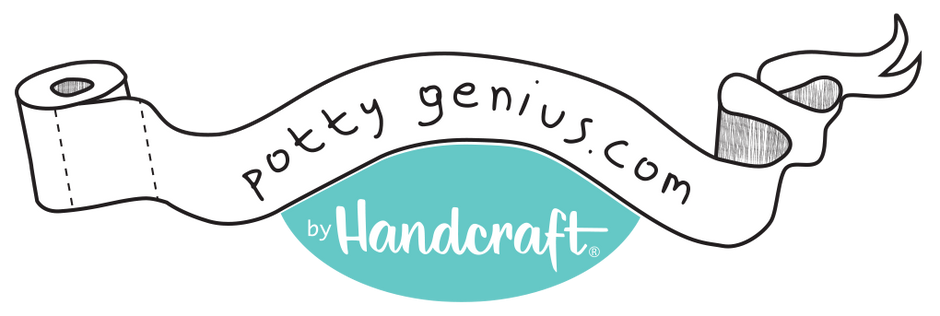During toilet training, many parents eagerly wait for the first poop to land in the potty. Some even share the achievement by posting pictures on social media (really). But what if your child refuses to poop in the potty? A young child who does not pee or poop in a potty is not yet toilet trained. If they were trained, they might be having a setback, which is not uncommon. When a child refuses to poop there, something else is going on. Children who refuse to poop in a toilet may have accidents and poop elsewhere, or even withhold stool altogether and not move their bowels for long periods of time.
When a Child Refuses to Poop in the Potty
Some children believe that their stool, as a part of themselves, should not go anywhere, and seeing it in the potty upsets them. Other children are afraid of the potty. There are toddlers and older children who just don’t want to stop playing long enough to go to the toilet. Some children are constipated, and passing stool is painful. A child angry about toilet training may refuse to poop in the potty. Of course, that can affect urination, too. However, it is a lot easier to exert control over stool. A child may be willing to urinate into the potty or have accidents with urine but delay moving his bowels. When children prevent themselves from having a bowel movement, it is called stool withholding. This is not something they do consciously. Before toilet training can continue, the issue has to be addressed. Talking to your child about fears and reassuring him about the safety of the potty may help. A child who doesn’t listen to his body’s cues needs practice going to and sitting on the potty. Constipation, whether the cause of the stool withholding or as a consequence of it, has to be treated.Constipation During Potty Training
Constipation is common in young children. It can be caused by changes in diet, illness, stress, and toilet training itself. A two- to three-year-old may be constipated if they have only two or three bowel movements in a week, if their bowel movements are very hard and/or painful to pass, or if there is a definite decrease in how often they are going. Passing hard stool can cause pain. It can even tear the skin of the rectum, in which case blood may be seen. As time passes, the intestines draw more water out of the stool and it actually gets harder, causing even more pain when it comes out. The child will try to withhold their stool as long as possible. This is a “chicken and egg” situation. Did your child withhold stool for a reason like fear of the potty, and then get constipated because they withheld stool? Or did they withhold stool because they were constipated and having a bowel movement hurt? Regardless, trying to get a constipated child to poop in the potty is essentially impossible. A related problem seen in older, toilet-trained children is called stool soiling. With constipation or stool withholding, a large amount of hard stool builds up. Sometimes, liquid stool leaks around the hard mass and winds up on underwear. This can be very upsetting to parents and children, but it is not something your child can control. It usually warrants a trip to the doctor.How to Treat Constipation in Toddlers and Young Children
Constipation in toddlers frequently responds to changes in diet. Your child needs to:- Drink more water. The American Academy of Pediatrics suggests three glasses of water a day, each finished in ten minutes. The amount of water in each glass is the child’s age, plus two, in ounces. That would be four ounces, three times a day, for a two-year-old.
- Eat foods with more fiber, such as fruits and vegetables.
- Drink juices like prune, pear, and apple juice.

